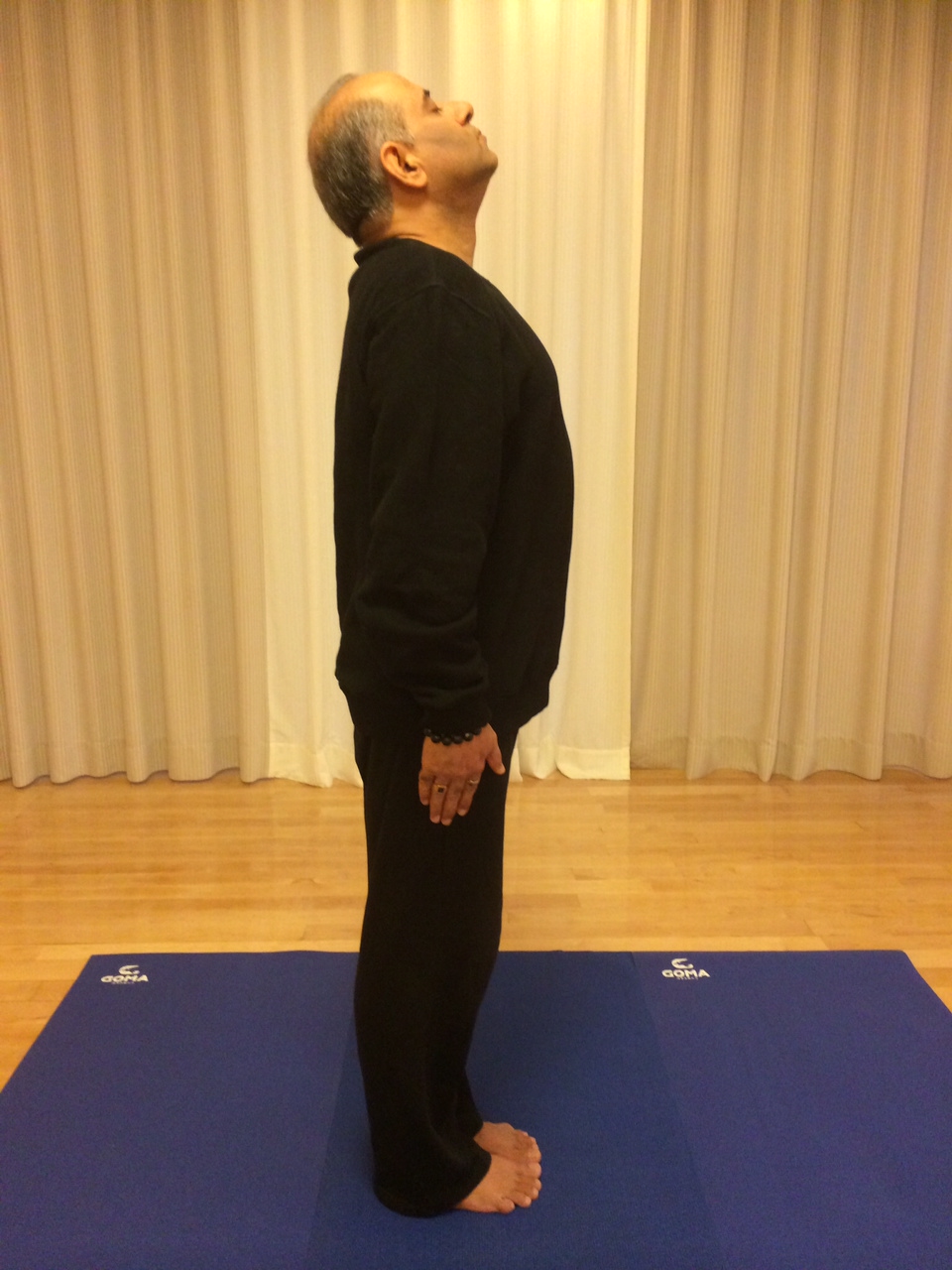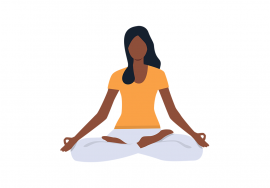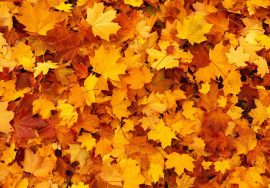BHASTRIKA PRANAYAMA
According to Ashtanga yoga system, Pranayama is the fourth anga (limb) – it is preceded by the three limbs, namely Yama, Niyama and Asana, and followed by Pratyahara, Dharana, Dhyana and Samadhi.
Pranayama means breathing techniques wherein the breathing is regulated/controlled in some specific ways.
There are mainly 8 different types of Pranayama, namely, Anulom-Vilom/Naadi Shodhan Pranayama (alternate breathing through each nostril to purify the naadis/energy channels), Surya Bhedan Pranayama (to generate heat in the body), Chandra Bhedan Pranayama (to cool down the body), Bhramari Pranayama (in which a humming sound is made like that of a bee), Ujjayi Pranayama (in which the sound is made like that of ocean waves), Bhastrika Pranayama (in this, vigorous breathing is done through both the nostrils with the bellows method), Shitali Pranayama (for reducing heat in the body), Sheetkari Pranayama (to cool down the body and to mitigate thirst).
With regard to Bhastrika Pranayama, there are a few different ways of doing this pranayama. Some people do it while sitting in a meditative asana (pose), i.e. Sukhaasana (easy pose), Padmasana (Lotus Pose), and some do it while sitting on a chair.
Here I am going to share a specific technique which is from the section of a Yoga called “Preliminary Yoga” or “Preparatory Yoga”. The method is as follows:
- Stand straight on a yoga mat or on a cotton towel keeping your feet together and arms firmly on the sides, with the palms facing inward.
- Bend your neck backward, tilting your head as far back as possible.
- Focus on the crown of your head while keeping the eyes closed – though initially, it is better to keep the eyes open to avoid feeling dizzy.
- Start breathing vigorously through both the nostrils with the bellows effect.
- Do this for 10 times to start with and increase it to 25 – 30 times.
- Then straighten your neck and bend it forward till the chin touches the cavity of the throat and stay in that position for a few seconds/breaths while breathing normally (this is called Jaalandhar Bandh – please refer to the blog on our website). This is a must, to have a complementary effect on the nape of the neck, which will maximise the benefits of this breathing exercise.
- Straighten the neck to a normal position.
- Repeat this exercise, steps 2 – 7.
- Do the whole Pranayama for a maximum of 3 cycles/rounds.
This particular way of doing Bhastrika Pranayama (vigorous breathing) has a tremendous effect on the brain, neurotransmitters and the two very important endocrine glands, namely pituitary and pineal gland, which are situated in the front part of the brain.
This breathing technique also has very beneficial effects on the thyroid and parathyroid glands which are situated in the throat region, due to the acute backward bending of the neck, which opens up the whole region around the thyroid and parathyroid glands, thus allowing plentiful supply of oxygenated blood around/towards them.
Also, when the neck is acutely bent backward, there is some contracting/squeezing effect on the nape of the neck, and according to Yogic philosophy, the centre of intellectual power/energy is in the depression at the nape/back of the neck. And when the neck is straightened after the breathing exercise, energy flows forcefully in the nape of the neck which energises that point of intellect.
Benefits:
- Vigorous breathing through the nose helps to clear the nasal passage and the sinus.
- Due to the forceful supply of oxygen, the minutest cells in the brain feel enlivened and reactivated.
- As a result, this technique brings “Dakshataa” (alertness like that of a deer) at the mental level.
- Therefore, by practicing this Pranayama, one feels very alert, motivated, and energetic throughout the day.
- Bhastrika Pranayama also generates warmth in the whole body – thus, it can help one to tolerate the cold weather without the need for wearing heavy, winter clothes.
- Regular practice of this exercise can help to prevent brain haemorrhage and/or formation of any clots in the brain/arteries around the brain.
- According to Yogic science, this breathing technique can increase “Budhi” (intelligence) and enhance “Dhriti” (will power).
- It can also help to improve the functioning of the lungs and heart.
Precautions:
- Do this exercise only on an empty stomach, keeping a gap of at least 3.5 hours after a meal.
- Avoid doing this exercise if the nose is blocked due to cold. Both the nostrils should be open/clear while doing this exercise.
- Do not do this exercise while having a headache.
- Stop the exercise if you feel too dizzy – resume after the dizziness is gone (some dizziness is often experienced initially due to the forceful supply of oxygen to the brain – these symptoms generally subside quickly).
- It is a must to relax after this Pranayama & in between 2 cycles by bending the neck forward (Jaalandhar Bhand) – this will have an extremely relaxing effect on the heart & brain, especially after the vigorous breathing.
- As this Pranayama activates the brain, it is not advisable to do it too late in the evening, otherwise, sleep can become affected due to the active brain.
- Pitta (fire) & Vata (air) oriented individuals should not do it more than 25 – 30 times a day during summer. And in winter if they do it for more than 25 – 30 times per day, then they should consume enough pure ghee (clarified butter)/fresh butter/virgin coconut oil/virgin olive oil with their meals every day, in order to prevent aggravation of Pitta and imbalance of Vata.
- Avoid drinking plain water (room temperature) for at least 15 minutes after doing this Pranayama. During winter when the water is generally cold, warm up the water before drinking. Drinking cold water after this exercise can cause cold & cough.
To book an online appointment at Ayuryoga, with our Ayurveda/Yoga Expert Mr. Vinod Sharma Hong Kong please click here.
DISCLAIMER: This information is intended for educational purposes only & does not constitute expert medical advice, nor is it meant to replace medical recommendations by a medical practitioner. Always consult a qualified Ayurveda Doctor/Health Professional/Yoga Guru for your specific medical needs before taking any herbal health supplements and/or practicing Yoga.










